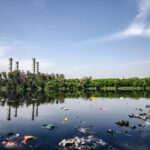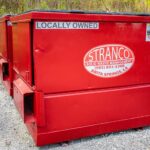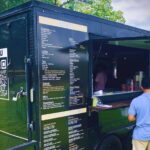Disasters strike with speed and often destroy vital infrastructure, including clean water systems. From hurricanes and wildfires to chemical spills and earthquakes, these events disrupt water access across homes, hospitals, and emergency shelters. Commercial water filtration systems are engineered to respond under intense pressure, often becoming the only line of defense when municipal supplies fail. Titan Source 1 explains, “When disaster hits, water filtration systems must do more than filter—they need to stabilize entire operations.”
1. Fast Filtration When Water Supplies Collapse
Clean water becomes scarce minutes after a disaster disrupts pipelines or contaminates the source. Emergency response teams require commercial filtration systems that can start producing safe water almost immediately. Titan Source 1 deployed high-throughput filtration units to a large evacuation center where city water had been compromised by upstream sewage overflow. Their systems processed 8,000 gallons within 24 hours, helping to prevent the spread of illness.
-
FEMA identifies water restoration as one of the top three challenges during disaster recovery
-
The CDC has linked post-disaster outbreaks to unfiltered water in more than 50% of U.S. relief shelters
-
Multi-stage systems combining ceramic, activated carbon, and ultraviolet treatment improve pathogen removal
2. Tough Systems Built for Crisis Conditions
Filtration units must endure more than basic use during emergencies. Exposure to extreme weather, debris-filled water, and unstable power requires rugged components. Titan Source 1 equips filtration units with aluminum casings, waterproof control panels, and pressure-regulating intake valves that maintain function even under fluctuating flow. These features allow the system to keep operating during conditions that would damage ordinary setups.
-
Reinforced housings protect internal systems from wind and impact damage
-
Water-resistant components prevent electrical failure in high-humidity or flooded areas
-
Fail-safes ensure that pressure surges won’t crack filter chambers or rupture seals
3. Plug-and-Go Units for Rapid Setup
Emergency teams can’t afford complicated installations. Preassembled commercial filtration systems arrive ready to deploy, with all tubing, filters, and controllers installed and tested. Titan Source 1 prepared a fleet of mobile units for a storm-prone coastal hospital system—each unit connected directly to external tanks and was fully operational within 45 minutes of arrival.
-
EPA field manuals support use of factory-assembled filtration equipment during initial relief phases
-
Preloaded filter cartridges reduce contamination risk by eliminating on-site handling
-
Rapid-connect valves and color-coded inlets minimize setup error in high-stress environments
4. Configurable Systems for Shifting Demands
Disasters rarely impact just one site or static population. As more people relocate or water quality changes, systems must scale accordingly. Titan Source 1’s modular designs allow users to add filtration banks, reconfigure flow direction, or isolate certain stages without shutting the system down. This flexibility is key in shelters where occupancy can double within a few hours.
-
WHO disaster protocols recommend scalable systems for regional emergencies affecting large populations
-
Flow meters help maintain consistent output across expanding system layouts
-
Filter staging allows critical resources like hospitals to receive higher purity water than secondary operations
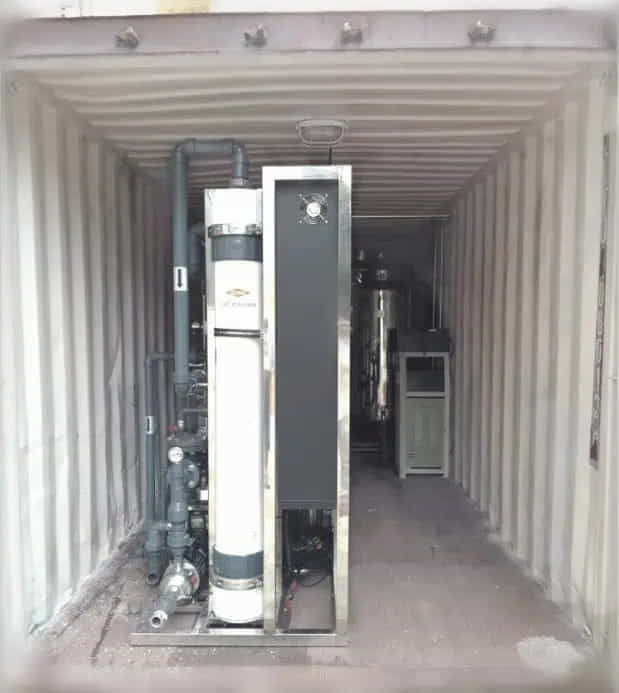
5. Mobile Units for Hard-to-Reach Areas
Speed and mobility are essential when infrastructure is damaged. Systems must travel quickly and operate independently once deployed. Titan Source 1 supplies container-mounted filtration units and mobile trailers equipped with their own tanks, solar power, and chemical dosing systems. These setups were used during a wildfire response to serve areas completely cut off from city utilities.
-
Army Corps logistics reports show mobile units were key during Mississippi River flooding in multiple towns
-
Trailer systems deliver high capacity without needing heavy lifting equipment
-
Self-contained power and treatment features allow these units to serve as standalone water hubs
6. Custom Filtration for Local Hazards
Different disasters create different water risks. Ash from fires, sludge from floods, or toxins from industrial runoff require tailored filtration. Titan Source 1 designs systems based on regional risk assessments—adding specialty filters like arsenic traps or hydrocarbon absorbers to address local contaminants. In one chemical spill response, they replaced standard filters with resin-based cartridges for volatile compound capture.
-
CDC research shows certain disasters significantly increase benzene, lead, and bacterial levels in water
-
Custom cartridges allow systems to treat everything from nitrates to VOCs without a total overhaul
-
Modular filter housing permits real-time swaps during long-term operations
7. Long-Use Filtration for Ongoing Water Needs
Emergency response transitions into recovery, but water problems often persist. Some communities face long-term water access issues even after initial aid ends. Titan Source 1 supports these communities by maintaining systems for schools, field clinics, and long-term shelters. These systems are designed for minimal maintenance and long filter life, with local technicians trained to handle routine care.
-
U.S. Geological Survey reports thousands of rural systems face ongoing contamination and drought
-
Long-life filters and solar backup reduce the frequency of manual intervention
-
Systems remain active for months—or even years—in low-infrastructure zones
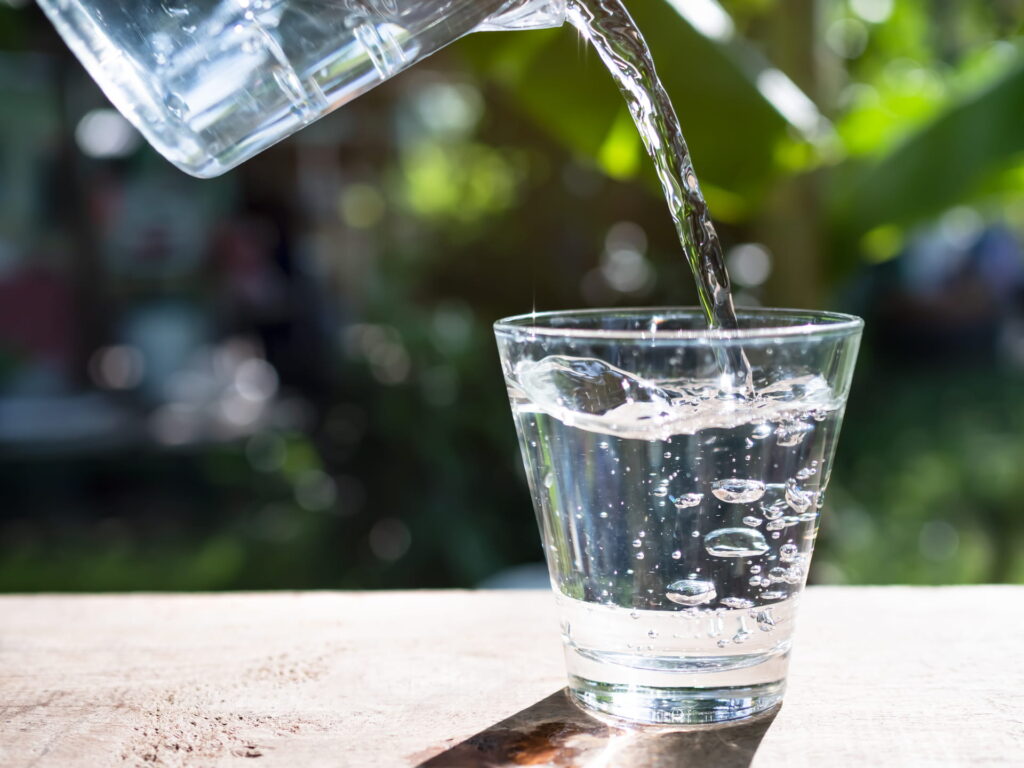
Key Takeaways on How Commercial Water Filtration Systems Support Disaster Response
-
Commercial water filtration systems respond rapidly during breakdowns in municipal service
-
Emergency-ready designs are built to handle rough transport, unstable power, and hazardous water conditions
-
Factory-assembled units reduce setup time and avoid in-field installation issues
-
Modular features make systems easy to adapt as populations or water needs shift
-
Specialized filters target the unique contamination profiles of different disaster types
-
Long-term setups support recovery efforts long after first responders leave
Frequently Asked Questions
What’s the average setup time for a commercial emergency filtration unit?
Many mobile or preassembled units are operational within 30 to 90 minutes after delivery.
Can one system handle multiple contaminants like bacteria and heavy metals?
Yes. Multi-stage filtration systems are designed to target a combination of pathogens, chemicals, and sediment in a single pass.
How are these systems powered in blackouts?
Units often include backup power options such as solar, battery, or manual pump operation.
Do they require technicians to run?
Basic operation is user-friendly, and many systems come with training materials or remote support from providers like Titan Source 1.
What happens if filters clog during continuous use?
Systems with modular filter design allow quick replacement or isolation of clogged stages without taking the entire system offline.


